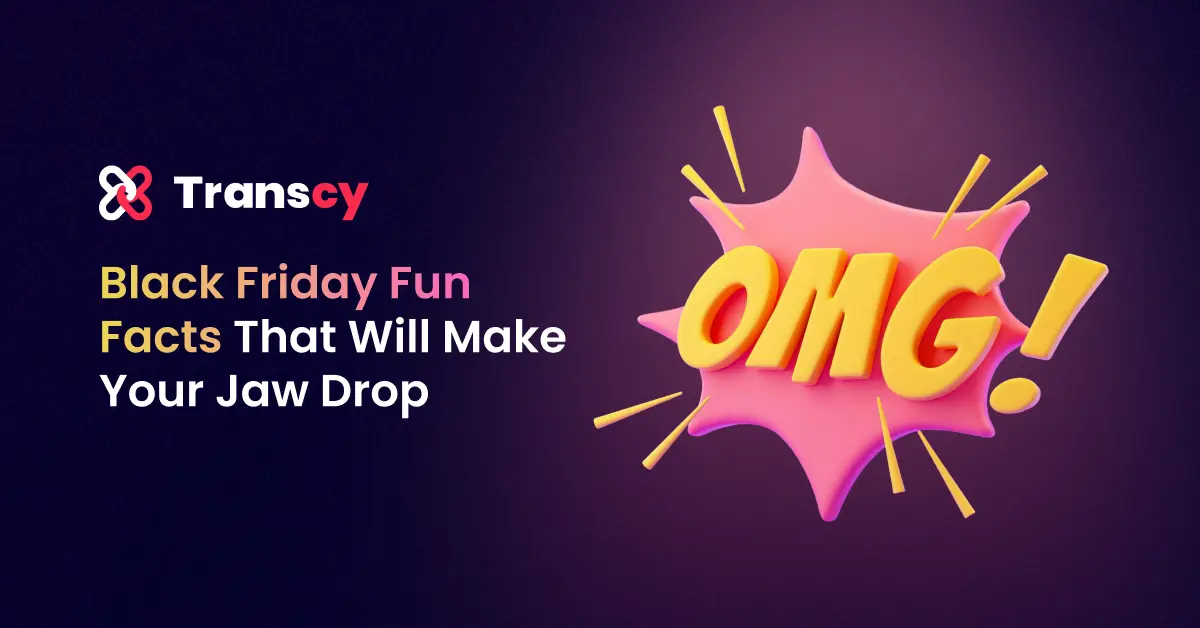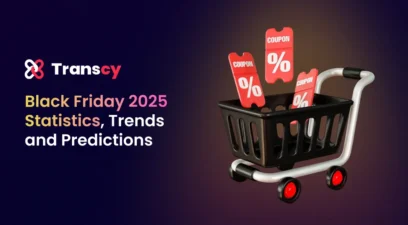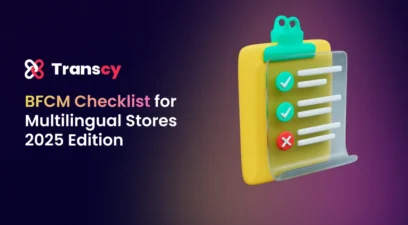Black Friday. The very words conjure images of midnight doorbusters, massive crowds, and unbelievable deals. But beyond the sales figures and shopping frenzy, there’s a trove of wild stories and quirky trivia. In this post, we’re diving into black friday fun facts that reveal the truth behind the hype that will surprise and entertain you.
The history of Black Friday
Believe it or not, Black Friday started with a gold market crash, not a shopping cart in sight. The term first appeared in 1869 after a financial scandal sent markets tumbling. Fast forward to 1950s Philadelphia, where police used “Black Friday” to describe the traffic and chaos that hit the city after Thanksgiving. Over the years, Thanksgiving dates shifted, Santa parades kicked off the season, and it wasn’t until the early 2000s that Black Friday officially became the biggest shopping day of the year.
Interesting facts about Black Friday
Black Friday is a cultural event with plenty of bizarre and fascinating angles. Below, we’ve compiled 12 fun facts ahead that prove just how strange, witty, and downright hilarious this retail holiday can be.
1. Originally, “Black Friday” referred to a financial crash
Black Friday’s name was first associated with financial doom, not discount TVs. The term dates back to 1869, when two Wall Street financiers caused a gold market panic. Their attempt to corner the gold supply drove prices up until the U.S. Treasury intervened; gold prices plummeted, and fortunes were wiped out on Friday, September 24, 1869. And newspapers called the fiasco “Black Friday” for the dark day on the stock market.
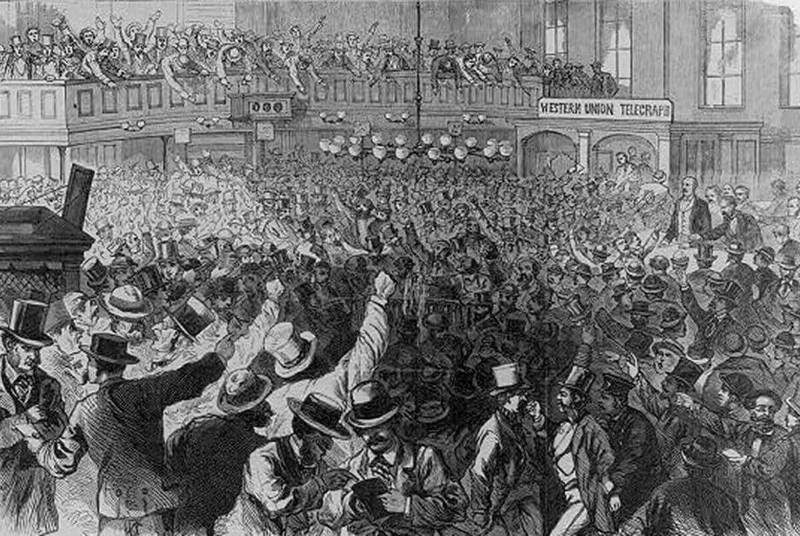
2. Philadelphia police nicknamed the busy shopping day “Black Friday”
How did a term from a gold crash get tied to shopping? Credit goes to Philadelphia’s finest, police officers in the 1950s. Every year, the day after Thanksgiving brought massive crowds into Philly’s downtown: shoppers rushing for post-holiday sales and sports fans arriving for the Saturday Army-Navy game.
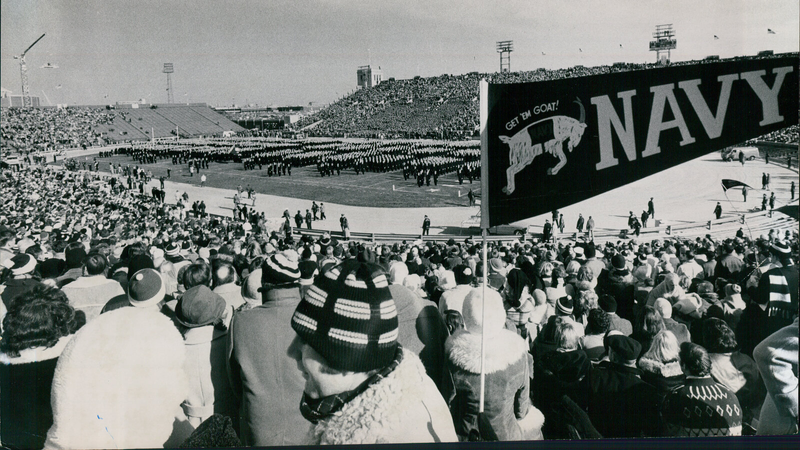
The cops, stuck directing insane traffic and dealing with extra duty, grimly dubbed it “Black Friday.” They weren’t exactly feeling festive about it! By the 1980s, “Black Friday” spread nationally as shorthand for the shopping frenzy.
3. Retailers once tried to rename it “Big Friday”
As mentioned, Philadelphia police coined it negatively. So in 1961, a public relations effort was made to rebrand the day as “Big Friday.”
Advertisers and merchants hoped a more positive adjective would encourage folks to shop and sound less like a crisis. It’s easy to see why they tried: “Black” then implied calamity or mourning, whereas “Big Friday” sounds like a fun blockbuster event.
However, the rebranding totally flopped. Customers kept calling it Black Friday anyway. By the 1980s, retailers themselves had embraced “Black Friday,” spinning it to mean profitable and exciting.
4. Thanksgiving was moved to extend the holiday shopping season
In 1939, U.S. retailers feared that a late Thanksgiving on November 30 would result in fewer days leading up to Christmas, ultimately hurting sales. They petitioned President Franklin D. Roosevelt to move Thanksgiving up by one week, to the fourth Thursday of November. FDR agreed, kicking off what some called “Franksgiving”. By 1941, Congress officially designated the fourth Thursday as Thanksgiving, and an extra shopping week was born.
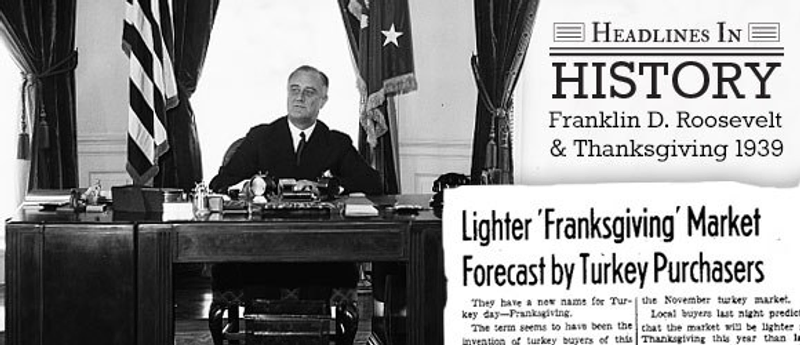
5. “Brown Friday”: The day after Thanksgiving is a plumber’s nightmare
Here’s a gross but funny fact: The retail workers aren’t the only ones busy on Black Friday; plumbers are too. Plumbing companies actually nickname the day “Brown Friday” because the day after Thanksgiving leads to a huge spike in plumbing problems.
All that turkey, stuffing, and pie has to go somewhere… and often, it overloads home garbage disposals and toilets. Reports have found that plumbers get up to 50% more calls on Black Friday than on a normal Friday. In fact, according to CNN, it’s the busiest day of the year for plumbers due to guests and feast leftovers “overwhelming the system.”
6. Black Friday wasn’t the biggest shopping day until the 2000s
It may surprise you, but Black Friday hasn’t always been the champion shopping day. Throughout the 20th century, the Saturday before Christmas often rang up more sales, as last-minute shoppers rushed out.
In fact, Black Friday didn’t officially claim the “busiest shopping day” title until 2001. The rise of big-doorbuster culture, widespread media coverage of Black Friday, and the growth of e-commerce likely extended the day’s reach. By the mid-2000s, Black Friday consistently broke records, and the mythos fed on itself.
7. Black Friday becomes a global shopping craze without borders
Over 15 countries around the world have adopted some form of Black Friday promotions. But not every country treats it the same:
- In Mexico, the weekend before Thanksgiving became “El Buen Fin”, meaning “the good weekend.” It was launched in 2011 in part to boost the economy and offer nationwide deals.
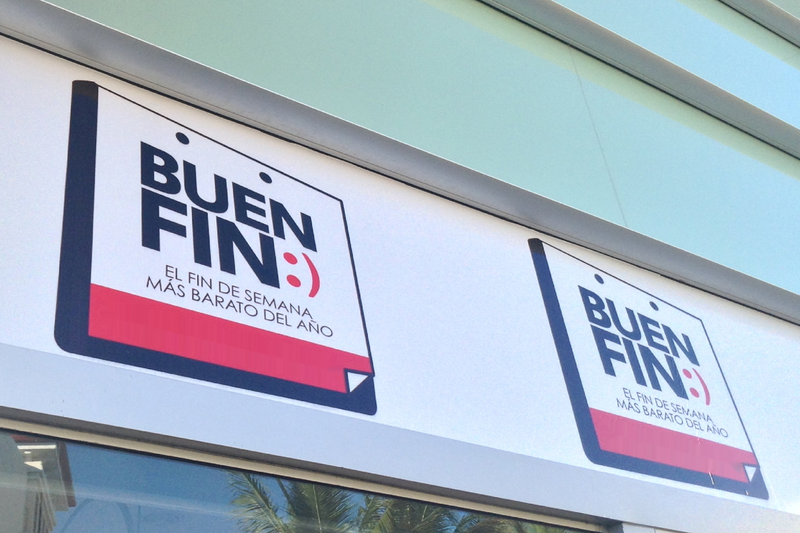
- In many parts of Europe and Asia, even if Thanksgiving isn’t celebrated, late November sees Black Friday sales. Countries like Brazil, France, India, and Australia have jumped on the trend. Some have high participation in online sales, especially.
- Perhaps most interestingly, in the Middle East, they tweaked the branding: “White Friday” is the term used in places like the UAE, Saudi Arabia, and Egypt. Launched by the e-commerce site Souq (now Amazon) in 2014, White Friday was named to avoid negative connotations of “black” and because Friday is a holy/rest day in Islamic culture.
8. “Gray Thursday”: Black Friday sales now start on Thanksgiving
If it feels like Black Friday starts earlier every year, that’s because it does. Retailers have been pushing the boundary, with many now kicking off “Black Friday” deals on Thanksgiving Day itself, giving rise to the nickname “Gray Thursday.”
The big turning point was 2011, when Walmart broke tradition and opened on Thursday evening for the first time. Other major chains soon followed, turning Thanksgiving night into a shopping time. This has been controversial because workers miss Thanksgiving dinner, and some customers protest the encroachment on a holiday, but it proved popular for bargain hunters eager to get an early start.
So the Black Friday creep is real: it’s no longer a single day but a whole weekend of rolling deals. “Gray Thursday” is just the appetizer before the main course of Black Friday, which itself now bleeds into Small Business Saturday and Cyber Monday.
9. Surprising shopper habits: 1 in 8 Black Friday shoppers is tipsy
Shopping and… schnapps? Apparently! One of the more amusing insights from recent years is that a notable chunk of Black Friday shoppers hit the stores with a bit of a buzz. A RetailMeNot survey found that about 12% of Black Friday shoppers admitted to shopping while drunk or tipsy. That’s roughly 1 in 8 shoppers who might have had an extra glass of holiday wine or a Thanksgiving cocktail before lining up for deals. And those are just the ones who admitted it, so the true number of buzzed buyers could be higher.
10. Black Friday crowds rival a year at Disney World
How big are Black Friday crowds? Here’s a jaw-dropping stat: in one recent year, Walmart attracted over 22 million shoppers to its stores on Thanksgiving Day alone. That’s just one chain, on one day. For perspective, about 18.5 million people visit Disney World in Florida in an entire year. If you combine all retailers and the full Black Friday weekend, the numbers soar even higher: hundreds of millions of store visits.
11. Cards Against Humanity sold literal bull crap as a Black Friday gag
Some companies celebrate Black Friday by slashing prices. Cards Against Humanity (CAH), the irreverent party card game maker, decided to do the exact opposite and then some. On Black Friday 2014, CAH offered fans a special product: a box labeled “Bullshit” for $6, containing literal bull feces.
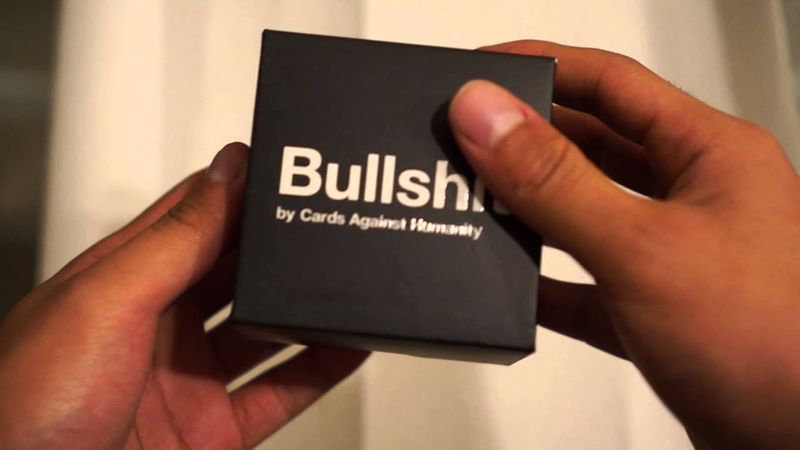
And here’s the kicker: 30,000 people bought it. The boxes sold out, and CAH made $180,000 in revenue, which they promptly donated to charity, since the whole stunt was a commentary on crass consumerism. Talk about dropping a load of social critique.
The next year, CAH was at it again, this time selling nothing for $5 (a plain $5 donation with no product) and still raking in thousands of willing “purchases”. Over the years, they’ve also dug a pointless money hole and raised prices on Black Friday as jokes.
The success of the bullcrap sale is both hilarious and absurd. It proves that on Black Friday, people will buy anything if it seems exclusive or novel, even a box of poop.
12. “Buy Nothing Day” parodies Black Friday consumerism
While millions are rushing to buy everything on Black Friday, some folks choose to buy nothing at all. In fact, there’s an official protest day called Buy Nothing Day that coincides with Black Friday.
It started back in 1992, conceptualized by a Canadian artist named Ted Dave and later popularized by the Adbusters magazine. The idea is simple: for 24 hours, don’t purchase a single thing. It’s a stance against consumer culture and a moment to reflect on spending habits.
Over the years, Buy Nothing Day participants have staged fun, anti-consumerism actions: credit card cut-up ceremonies in malls, zombie walks (wandering store aisles aimlessly), and “whirl-marts” (groups silently pushing empty carts in a conga line). While it remains relatively niche, the movement has spread to over 60 countries.
Conclusion
As the Black Friday craze goes on, remember that amid the hype and hilarity, the best deal might be maintaining a bit of perspective. Whether you’re lining up at 5 AM or scrolling through flash sales on your phone, we hope these 20 facts gave you a new appreciation for the truth behind Black Friday. Happy shopping (or non-shopping), and may your Black Friday be profitable, safe, and maybe even a little funnier now that you know what really goes on!
Table of Contents

